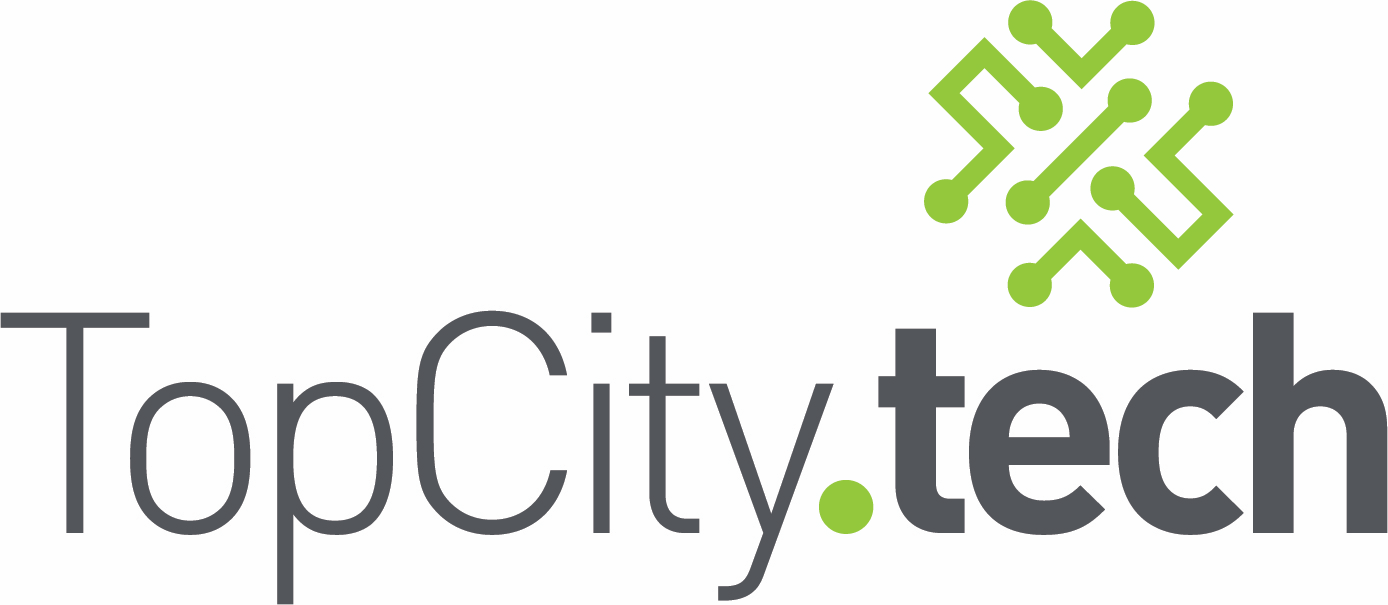Protecting Your Tech: Malware Removal and Virus Protection
Malware Removal and Virus Protection

What is Malware and How Does it Differ from Viruses?
Malware is a broad term that encompasses any malicious software designed to harm, exploit, or otherwise compromise a computer system. This includes viruses, ransomware, spyware, adware, and more.
Viruses, a type of malware, specifically refer to malicious programs that can replicate themselves and spread to other devices. They attach themselves to clean files and infect other clean files, spreading uncontrollably and causing damage to the system.
Common Types of Malware
- Viruses: Infect files and software, spreading to other systems.
- Ransomware: Encrypts your data and demands a ransom for its release.
- Spyware: Secretly monitors your activities and steals sensitive information.
- Adware: Displays unwanted advertisements and can track your online behavior.
- Trojan Horses: Disguises itself as legitimate software but performs malicious actions.
The Impact of Malware and Viruses
Malware and viruses can have severe consequences, including:
- Data Loss: Important files and data can be corrupted or deleted.
- Privacy Breaches: Sensitive information can be stolen, leading to identity theft or financial loss.
- System Damage: Malware can slow down your device, cause crashes, or render it unusable.
- Financial Loss: Ransomware demands, repair costs, and lost productivity can add up quickly.
How to Protect Your Devices
- Install Reliable Antivirus Software: A good antivirus program is your first line of defense. At Top City Tech, we recommend and offer EmsiSoft and Huntress Premium Antivirus for robust protection.
- Keep Your System Updated: Regular updates for your operating system and software patches are crucial in protecting against known vulnerabilities.
- Use Strong Passwords: Create unique, complex passwords for your accounts and change them regularly. Consider using a password manager to keep track of them.
- Be Cautious with Email Attachments and Links: Don't open attachments or click on links from unknown sources. Always verify the sender's identity before taking any action.
- Backup Your Data Regularly: Ensure you have up-to-date backups of your important files. This can help you recover your data in case of an attack.
- Educate Yourself and Your Employees: Awareness is key. Understand the signs of a potential attack and educate your team on best practices to avoid them.
Malware Removal Services at Top City Tech
If you suspect your device is infected, it's crucial to act quickly. At Top City Tech, we offer comprehensive malware removal services to clean your system and restore its functionality. Our expert technicians will:
- Diagnose the Problem: Identify the type of malware or virus affecting your device.
- Remove Infections: Use advanced tools and techniques to eliminate the threat.
- Restore Your System: Recover lost or corrupted data and ensure your device is running smoothly.
- Strengthen Your Defenses: Install and configure antivirus software to prevent future infections.
Conclusion
Protecting your devices from malware and viruses is an ongoing process that requires vigilance and proactive measures. At Top City Tech, we're here to help you every step of the way, from installing reliable antivirus software to providing expert malware removal services. Don't wait until it's too late—reach out to us today to ensure your devices are safe and secure.
Contact Top City Tech now for a consultation or to schedule a malware removal service. Visit our website at topcity.tech, or call us at 785-380-8545. You can also visit us at 2909 SW 29th, Topeka KS 66614 to get started.







